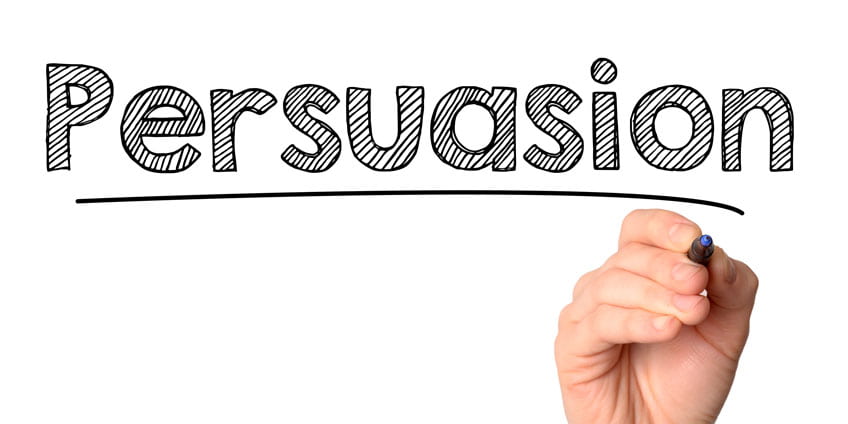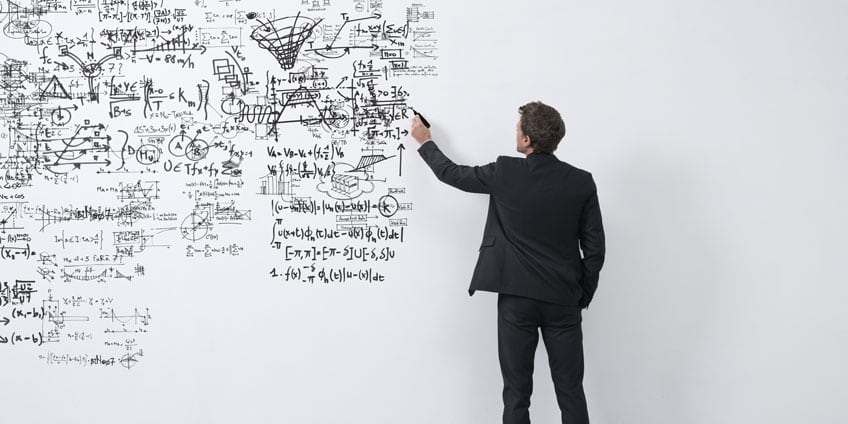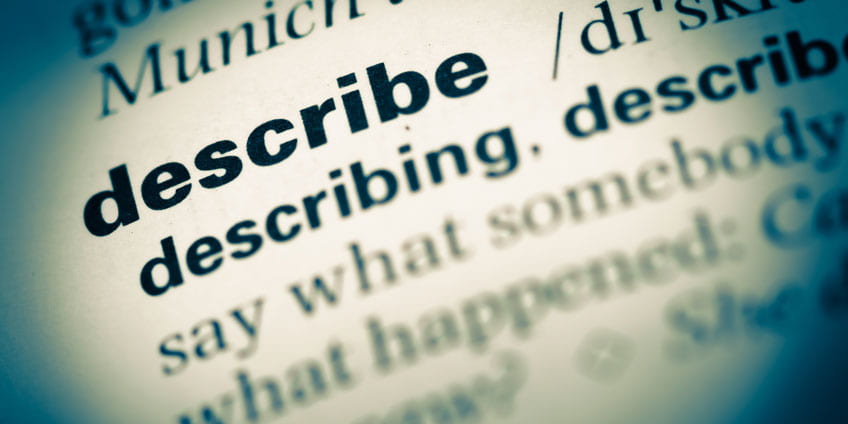
To be honest, you need to understand and distinguish different styles of writing not only for your academic papers or professors at college. When you know the specific characteristics of each style, it will be easier for you to improve your own writing skills, develop your personal voice as a writer and interact with the readers. That is what we are here for today. But if you have no desire to read about a bunch of writing styles, and your academic writing has to be completed shortly, just click the link and find a way out.
In the article I will cover persuasive, analytical, descriptive and critical writing styles, give you some examples of writing styles and tips on how to use them in your essays, articles, research papers, etc. Less talking, more doing.
Persuasive Style

One of the most common styles used in essay writing is persuasive writing. In this type of writing you take a controversial idea or a topic and present, support and defend your view on it. The purpose of a persuasive paper is to persuade the reader to agree with you and make your own argument.
Among persuasive writing papers are political speeches, campaign speeches, editorials and advertisements, a cover letter that goes with you resume, an essay that urges the readers to rethink their beliefs. This style is also used in letters of complaint, reviews, affiliate marketing pitches, newspapers, etc.
The goal of persuasive writing is to convince the reader to adopt the author’s point of view. It includes reasons, arguments, justifications and often an illogical and emotional appeal to win over support.
Structure
Persuasive writing follows a basic structure. The introduction includes a hook in the first sentence, some background information and a thesis statement. There you must take a clear position and pick which side to be on. Let’s say you are writing about doping in sport. In the last sentence of your introduction, you need to state if you are for or against doping (it will be your thesis). Begin the paper by confirming your opinion right away.
In the body paragraphs, you must support your opinion with reasons and details. To have a strong argument, you need to have at least three good reasons in your essay as well as provide some evidence. Once you have done it, you must introduce the counter argument – the opposite view. Why would you include it? This is how you show the reader that you made your decision having considered both sides of the argument. Finally, you have a conclusion with a summary, recommendations or a call to action.
Analytical Style

The analytical writing style is quite tricky.
So, what is analytical writing? The word “analytical” stems from the word “analysis.” Analysis is the detailed examination of the elements and/or the structure of something. In other words, analysis is investigating something on a microscopic level, trying to find the aspects that stand out. There can be interesting correlations, causal links, etc. When analyzing, we are to notice trends, patterns or anything compelling enough to challenge the status quo in a particular field.
Analyzing is looking really deeply at a text and being able to answer the questions which begin with “how” and “why” rather than “what.” You need to deconstruct the text and then pull it to pieces to tease out its central idea.
Let’s say you write about the revolutions of the 20th century. To make your paper analytical, you need to compare revolutions waged in different regions by identifying their common elements, such as their social and political contexts, reasons and preconditions, their consequences, etc.
Structure
First of all, you must state your problem in the introduction. The hook is not so important in this style of writing, as its goal is to examine a particular issue rather than grab the reader’s attention. In the analytical style of writing intro, you want to narrow the focus of your paper right away.
The longest part of the essay will be the text analysis. Pay attention to the differences and probable inconsistencies between the events you are discussing. If you are asked to analyze the text of a specific author, notice whether the author manages to drive home their arguments or not. Support your ideas with evidence, argumentative explanations, personal examples and a sound judgment.
You should restate the presented argument in the conclusion.
Descriptive Style

You may think it’s the easiest style of academic writing, but it has its pitfalls. The purpose of a descriptive paper is to leave a powerful impression on the reader. The language you use should contribute to it. When it is a descriptive essay, remember – the reader won’t have the same pictures in their head as you have in yours. To help them visualize the scene, you need to draw it with your own words. The author visualizes what they see, hear, taste, smell and feel.
The descriptive style of writing often comes in a form of poetry, journal or diary writing, nature writing, descriptive passages in fiction, etc.
Tips for Descriptive Writing
You want to work on sensory details. They can help you describe any scene. Your sensory details involve the senses such as sight, smell, sound, taste, touch. In your descriptive writing, it is not necessary to appeal to every single sense all the time, but combining a few senses will help the scene burst into life.
Visualize it inside your mind as you are writing. It’s important to do so, as it can be very easy to get caught up in the words and lose track of what it is in your head. Take a mental snapshot, do not just follow the senses mindlessly.
Avoid redundancy. It is very common when you are trying to find adjectives that describe something very basic. People are aware that the sky is blue, and the grass is green – there is no need to re-state the obvious. It is better to make a simile or a metaphor out of it. This way your essay will be more descriptive and less cliché.
Pay attention to the overlooked items. Every time somebody describes the beach, you know they are going to talk about the waves or the sun on the horizon. We’ve seen it many times before. A good solution here is to focus on the things rarely noticed. Maybe, there is a bottle in the sand or a bonfire. Your professor may even say that you’ve got an “outside the box” thinking.
Critical Style

It’s my favorite style of writing. Effective critical papers require complex, argumentative theses and thought-provoking ideas. So, let’s take a closer look at this style of writing.
Critical writing should include a description of a theme or a topic, your reaction and judgement. You should also come to a supported analysis with links to a greater context, your general and specific conclusions as well as a personal action plan. It is your reaction to experiences, new information, opinions, where you include the ethnical, historical, socio-political context. Therefore, the critical style of writing starts with the facts and goes beyond by interpreting them.
Interpretation, analysis and explanation are the key elements here. To interpret, you must reflect, analyze, evaluate. So, what should you do with the text to write a critical paper?
- Establish significance;
- state strengths and weaknesses;
- make supported judgements;
- evaluate relevance;
- provide explanations;
- review courses of actions;
- show why something is relevant or suitable.
Now, let’s consider the structure of a critical paper.
Structure
The critical style of writing consists of an introduction, a summary, an evaluation, a response and a conclusion.
Unlike the introduction to most essays you write in school, where the main purpose is to introduce a thesis, the introduction to the critical style of writing is more complex. You must introduce the author and the title of the work you critique.
Secondly, state the author’s main point, whether it is the main point of the entire work or of the section you are critiquing. It is sometimes called “the take away,” or what the author wants the reader to remember. Put your overall evaluation of the work in 2-4 sentences. Be sure to add some background information because the reader needs to place the author’s work in the context. Set the stage since your reader has not read the work like you have.
After the introduction comes the summary. When you are writing the summary, you are a reporter providing an objective, unbiased reportage of the author’s overall point and its main supporting arguments. Like a good reporter, you watch your language and do not let it get tainted by your own views, meaning, you write in the third person.
The third step is evaluation. This is where you transition from being a reporter to being a judge. You look at the paper and consider its weak and strong parts. Just like a real-life judge, you have your criteria. However, in the critical writing piece, you evaluate not based on mount or dismount, flexibility and strength, but on the accuracy of information, the lack or presence of key terms’ definitions, the hidden assumptions, and the clarity of language.
Notice if the author considered both sides without undue bias and evaluate the logic and organization of the main points. Examine if they are linked together in a meaningful way, adding up to a valid argument. Mention if there are any gaps in the argument. Notice the fallacies: name-calling, hasty generalization, over-simplification, passing emotional language for a fact, either/or fallacy (you are either with us, or you are with terrorists), etc. Pay attention to the bandwagon appeal (everybody else is doing it so it must be okay).
Part four is the response. You are no longer a reporter or a judge. You are giving your personal evaluation – your opinion of the work. How do you do that? Simple. You ask yourself questions like these: What do I agree or disagree with? What does the author get right or wrong? What ultimate merit does the work have? (Some, a little, none, a lot). Would I recommend this work as a source on this topic or should you avoid it in your research?
The response section is also where you would use outside sources to back up your opinion of this work, its merits and demerits. In that sense your response section is like a miniature essay where your thesis is your opinion of the work, and your main points support your opinion.
Finally, you are ready to wrap this thing up. Part five is the conclusion. Reiterate your main tasks to remind the audience of the overall importance of the topic and bring the reader back to ground zero – the topic at hand. Take your assessment of the work and tie it with your personal response to it. Focus on the overall strengths and weaknesses. State your ultimate opinion of the paper.
I hope now you can answer the question “what are the different styles of writing?” and even make a list of writing styles. You can start to work on your assignments right now. But remember, the styles of writing do influence your paper. Determine whether you want to persuade your reader, to describe a memorable moment in your life, to analyze or critique somebody else’s ideas. With a bit of effort, you will pull this thing off!